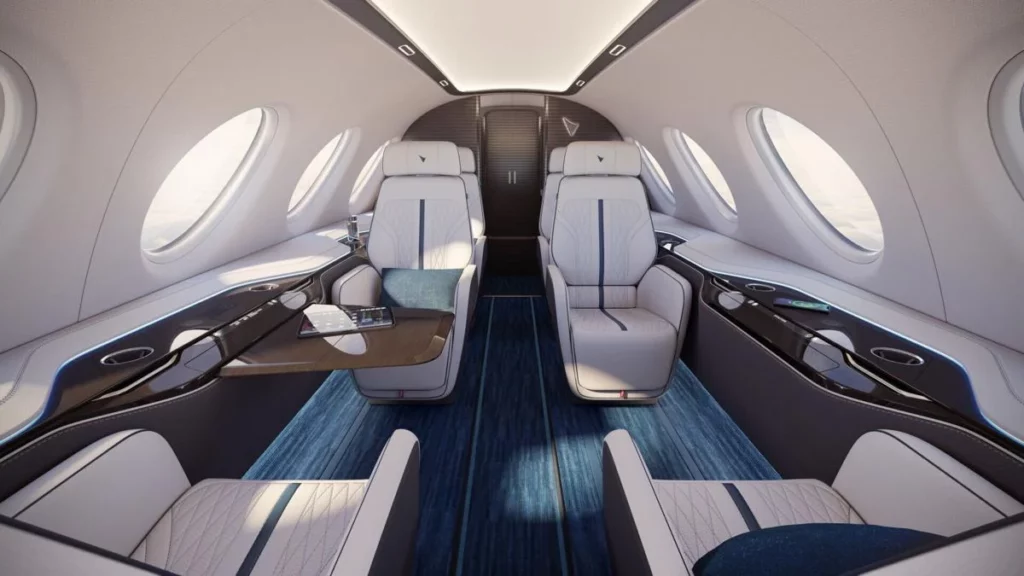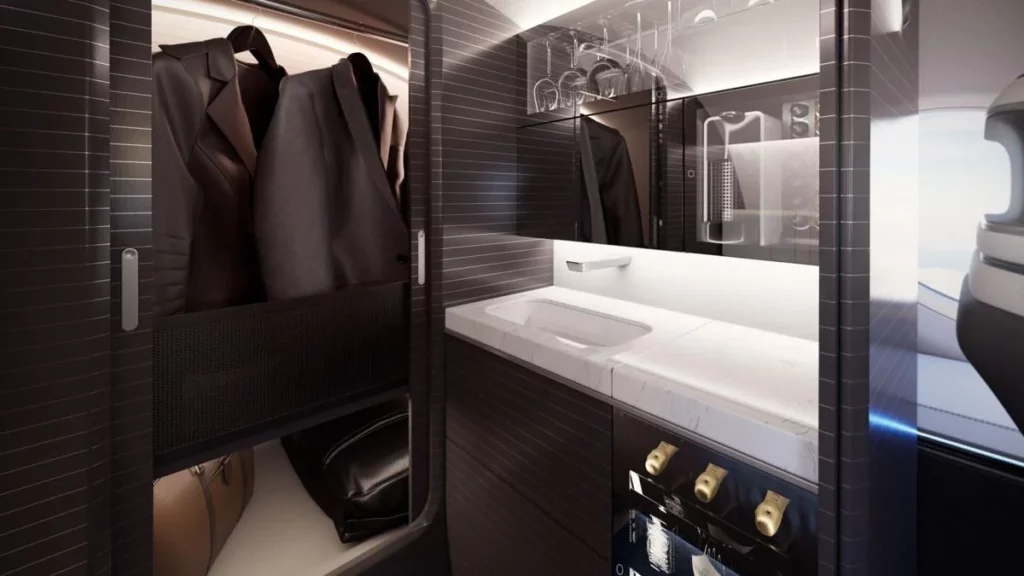Estimated reading time 10 minutes, 21 seconds.
Washington State-based Eviation Aircraft made history on Sept. 27, when the company successfully completed the first flight of its zero-emission Alice aircraft.
Alice’s maiden flight took place early in the morning at Grant County International Airport (MWH) in Moses Lake, Washington. The aircraft lifted off at 7:10 a.m. local time, reaching an altitude of 3,500 feet, flying for eight minutes, and peaking at 147 knots before safely landing at MWH. The milestone flight comes just nine days after Alice completed a high-speed taxi rotation test.
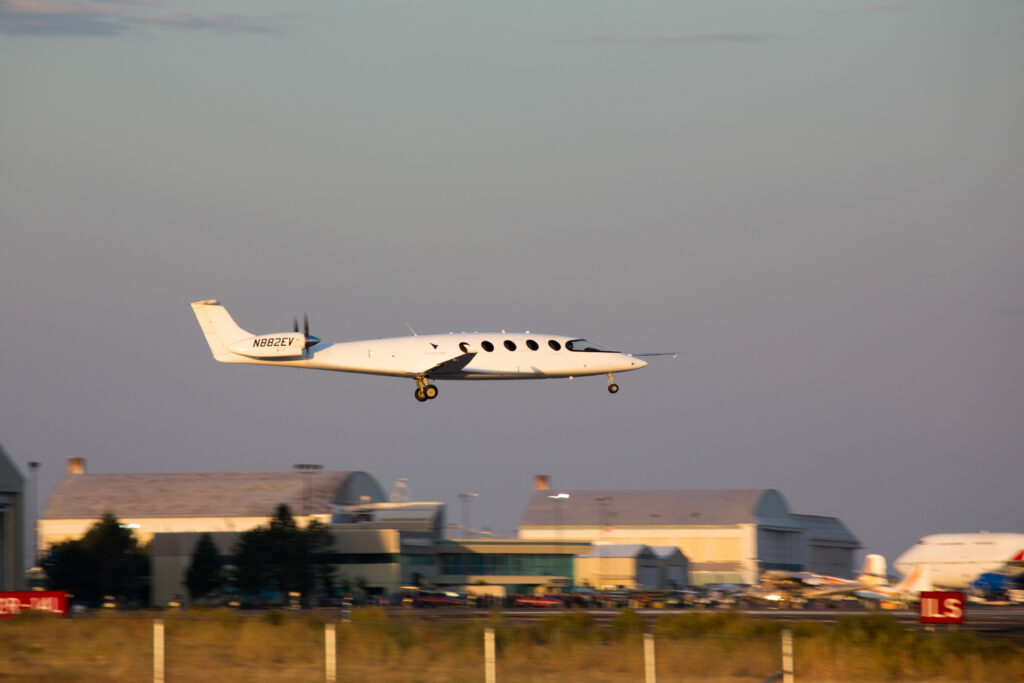
Company president and CEO, Gregory Davis, told reporters, “We were able to complete our test plan exactly as we intended,” and it “was executed flawlessly by our test pilot Steve Crane.”
Those who tuned into the livestream of Alice’s first flight likely noticed that the aircraft taxied to the runway, then back, and then out to the runway again. Davis confirmed that was due to wanting to change the configuration of one of the screens in the cockpit, and needing to reset that screen for the test flight.
Eviation said the inaugural flight of its Alice aircraft provided the company “with invaluable data to further optimize the aircraft for commercial production.” The purpose of the flight was to ensure the propulsion system — which includes the battery powerplant — and the fly-by-wire system function properly. Over the next few weeks, the company will review the data gathered from the flight to “understand how the performance of the aircraft matched our models,” said Davis.
Alice is designed for both regional travel and cargo markets, and is expected to operate flights ranging from 150 miles to 250 miles upon entry into service. “The market that we’re looking at penetrating first is that 250-nautical-mile or less market,” noted Davis. “So we’re looking at developing an airplane that will fly one to two hours — 150 to 250 nautical miles with reserve — which is typical for that segment.”
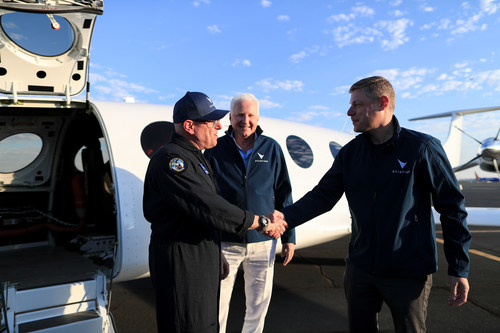
The aircraft — which has a max operating speed of 260 knots — is powered by two magniX magni650 electric propulsion units, “the only flight-proven electric propulsion systems at this scale,” Eviation said in a press release.
The aircraft features an “advanced battery system” that is “endlessly upgradeable,” meaning the range can be improved as battery technology evolves. In terms of charging the batteries, Eviation is targeting 30 minutes of charge time for an hour of flight time.
Davis said the biggest challenge that Eviation has had to overcome is, of course, the development of the batteries. “We are able to control how we integrate them and how we optimize them from a design perspective for the aircraft, but we really do need the industry to boost the energy density at the unit level, depending on the actual form factor.
“Speaking on behalf of all electric aviation, we need companies to start looking at how they’re going to apply the architecture and the form of those batteries specifically for aerospace applications,” he added.
Alice, which was first unveiled at the 2019 Paris Airshow, is to be available in a nine-passenger commuter version, a six-passenger executive cabin configuration, and an eCargo version. Eviation says all variations of Alice are virtually the same, aside from the interiors, and all configurations support two crew members.
The passenger version of Alice has a max useful load of 2,500 pounds, while the eCargo version’s max useful load is 2,600 lbs.
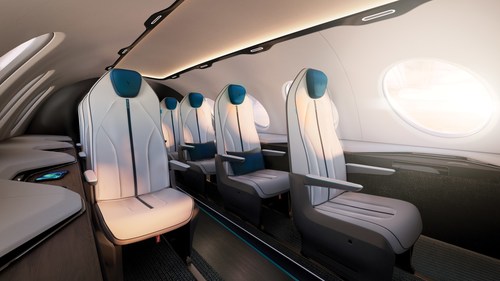
While there are still limitations with battery technology, Davis noted that the all-electric Alice is “fairly insensitive to weight,” and the “actual load on the aircraft doesn’t make that much difference from a range perspective.”
He added: “Our aircraft weighs the same when it’s fully charged as it does when it’s not charged at all.”
Alice’s all-electric design also means the aircraft produces no carbon emissions, creates significantly less noise, and has low operating costs per flight hour compared to light jets or high-end turboprops.
“This new generation of aircraft has the power to transform communities by providing access to airports not currently used by commercial flights due to noise concerns or restricted operating hours,” said Eviation.
The aircraft has so far captured the attention of two U.S.-based regional airlines: Cape Air and Global Crossing Airlines (GlobalX). Hyannis, Massachusetts-based Cape Air placed an order for 75 Alice aircraft in April 2022, and Miami-based GlobalX ordered 50 of the type earlier this month, on Sept. 15.
Cape Air founder and Board chairman, Dan Wolf, commented: “We currently fly more than 400 regional flights per day, connecting more than 30 cities across the United States and Caribbean. Alice can easily cover 80 percent of our flight operations, bringing sustainable, emission-free travel to the communities we serve.”
Moreover, DHL Express will be the launch customer for the eCargo version of Alice, as the operator has placed an order for 12 aircraft. “With this engagement, DHL aims to establish the first electric express network, leading the way for a new era of zero-emissions air freight,” said Eviation.
While the successful first flight of Alice was a proof-of-concept flight to validate the technology, the next step for Eviation is to work towards certification flight tests. The company expects three aircraft to eventually join the flight test fleet, which will help the manufacturer achieve its goal to begin its certification test program in or around 2025, and begin deliveries by 2027.
“One of the challenges that we predict [in terms of certification] is that we don’t currently have unity between certification standards for the battery technology between the FAA and the assets,” said Davis. “So we’re producing a global product, one that we want to serve multiple markets, but we’re still not sure what that crossover certification requirement is going to be.”
